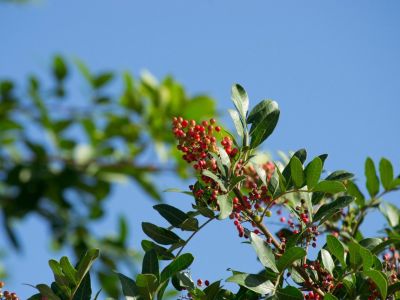What is a Mastic Tree?
Mastic tree information describes the tree as a small evergreen in the Sumac family with a scientific name Pistacia lentiscus. It grows fairly slowly to a maximum of 25 feet tall (8 m.). Unfortunately for those with small gardens, this attractive tree has a spread even greater than its height. That means it can take up a lot of space in your backyard. However, it works well as a background screen tree. You won’t be bowled over by the mastic tree flowers. They are inconspicuous. That being said, the tree develops clusters of mastic berries. Mastic berries are attractive small red fruits that mature to black.
Additional Mastic Tree Information
If you are thinking of growing a mastic tree, you’ll need to know that the tree prefers a warmer climate. It thrives in U.S. Department of Agriculture plant hardiness zones 9 through 11. Some of the most interesting facts you learn when you read up on mastic tree information concern the many uses for the tree’s gum. Gum mastic—raw mastic resin—is a high-grade resin cultivated on the Greek island of Chios. This resin is used in chewing gum, perfume, and pharmaceuticals. It is also used in adhesives for dental caps.
Mastic Tree Care
Mastic tree care starts with proper placement. If you plan on growing a mastic tree, plant it in a full sun location. It also requires well-drained soil, and occasional deep irrigation is an important part of its care. You’ll also need to prune this tree early in order to help it form a strong branch structure. Gardeners prune lower branches to elevate the base of the tree canopy. It’s also good to train the mastic to multiple stems. Don’t worry—the tree has no thorns.
